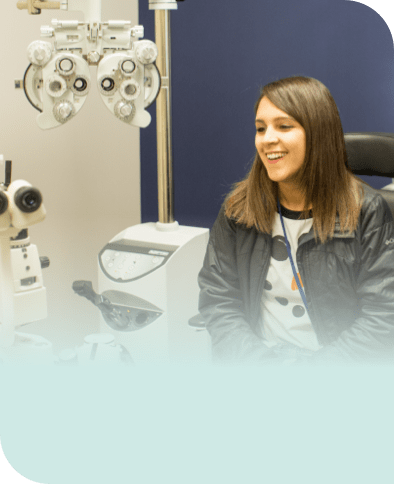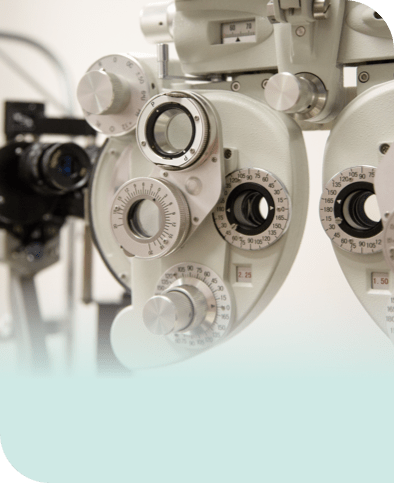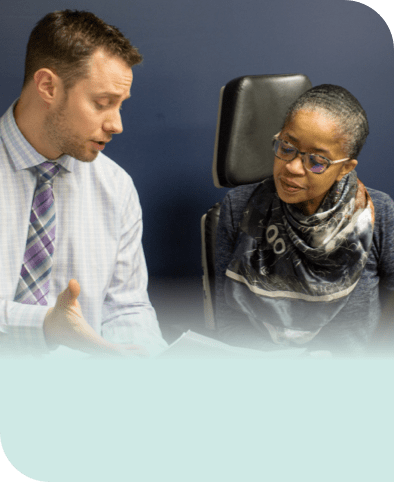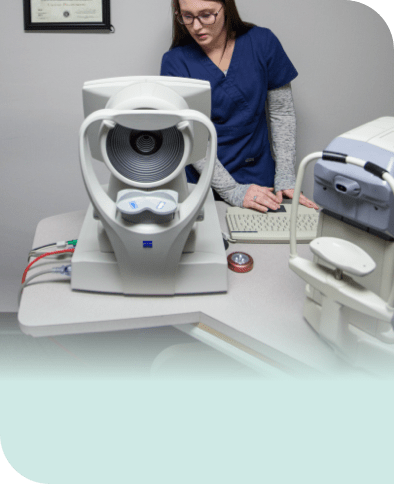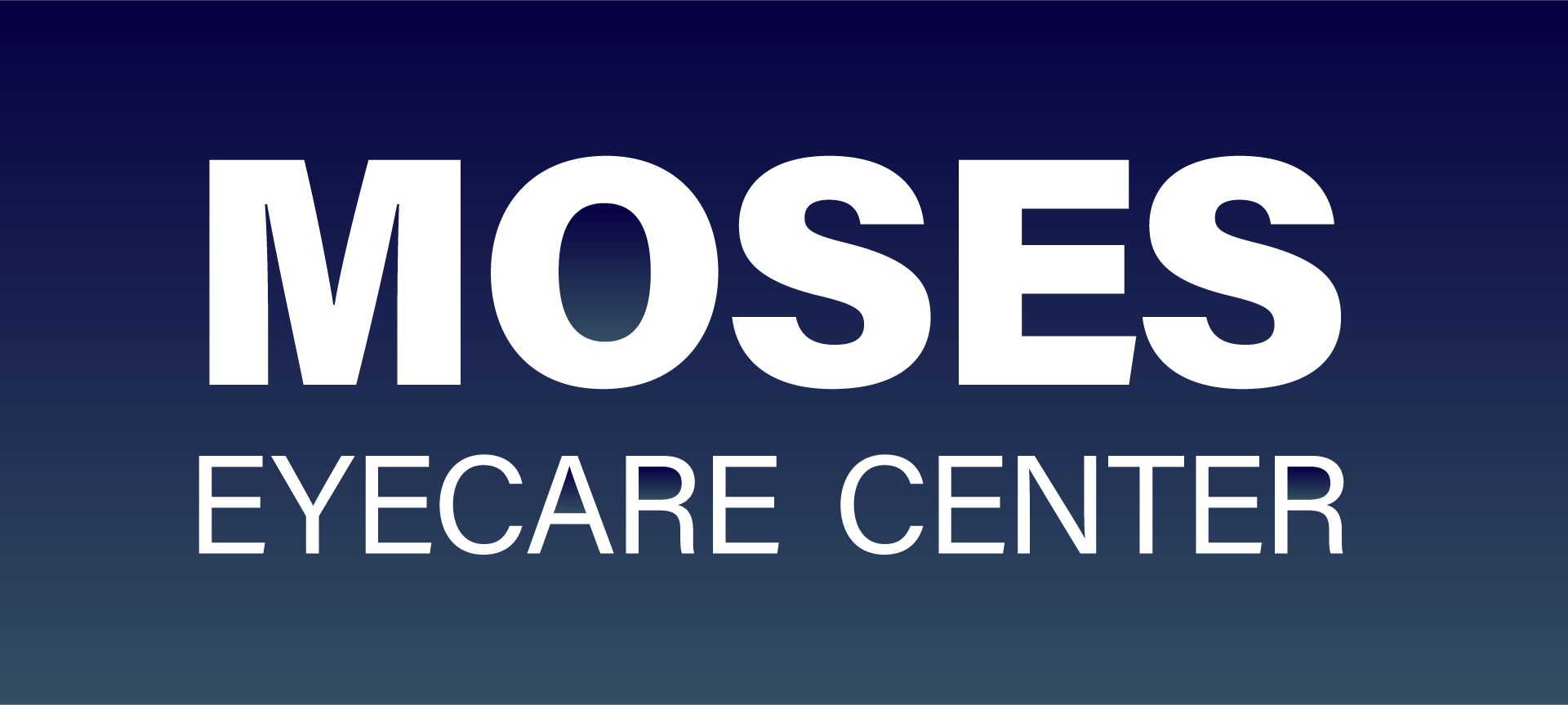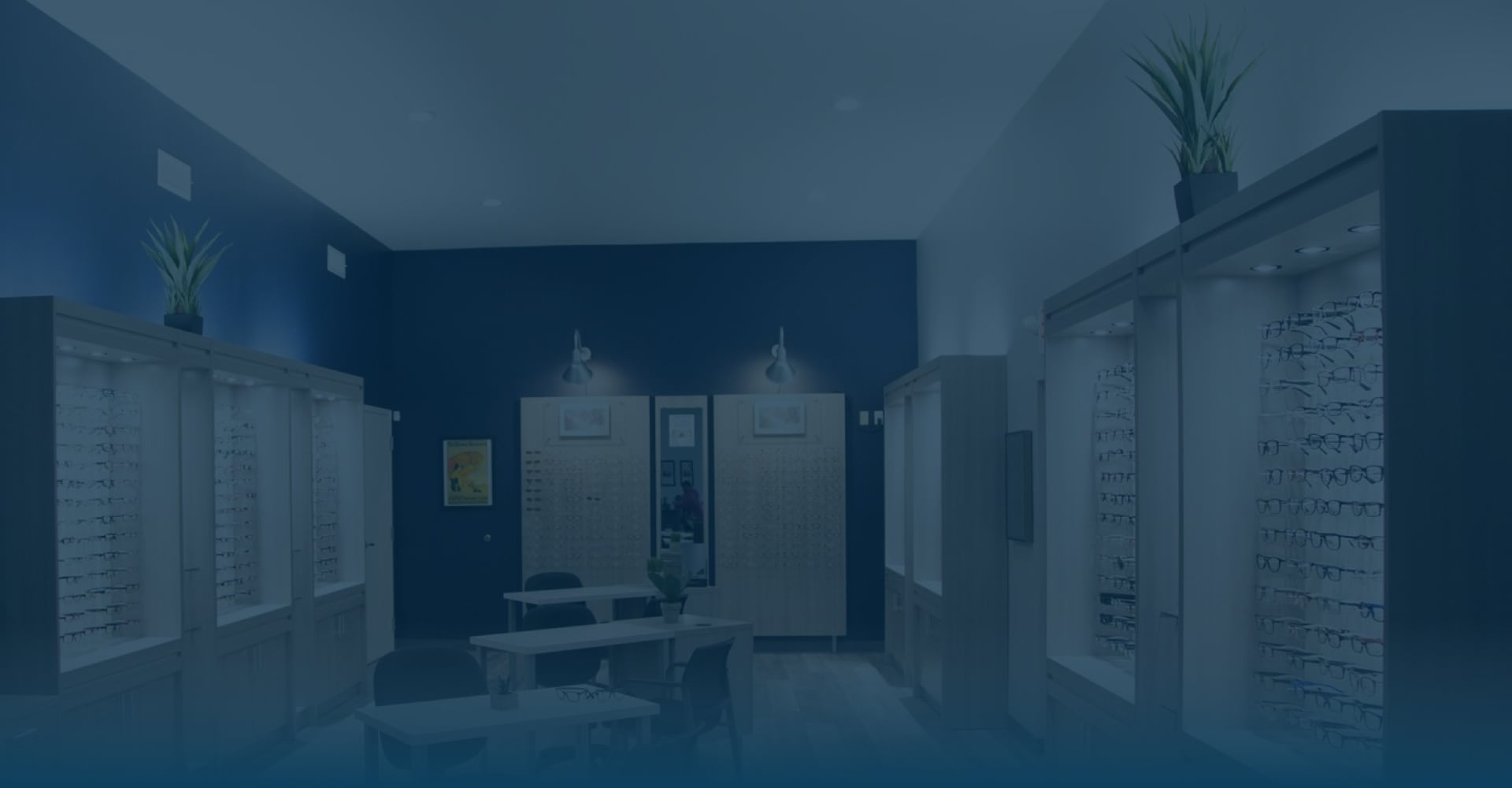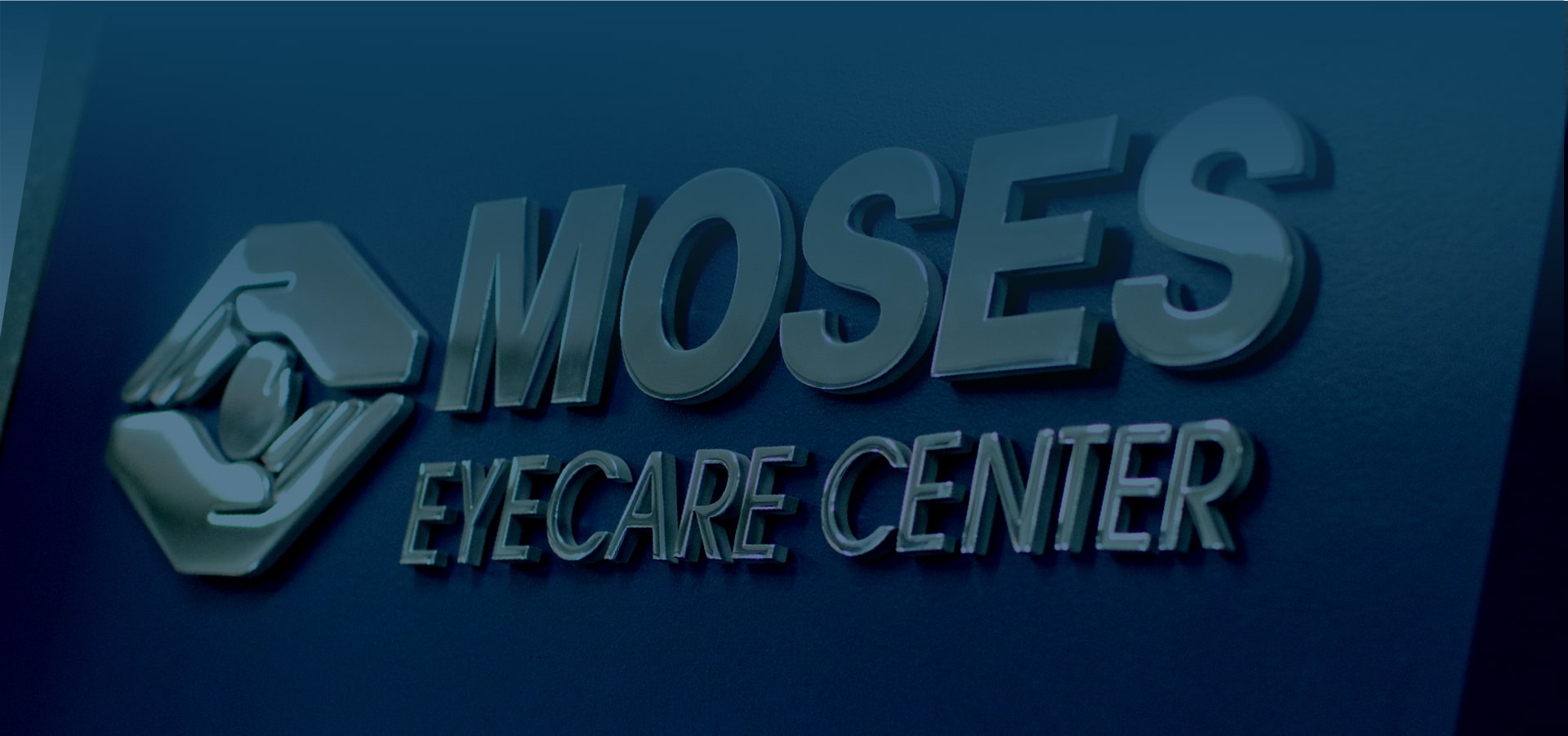Is there a way to reverse myopia or nearsightedness? For many parents worried about their children’s vision in today’s digital age, this is a critical question. Although there is no cure for myopia, its progression can be effectively managed.
What Is Myopia?
Myopia is a vision impairment characterized by an ability to see close objects distinctly but a failure to see distant objects with the same clarity.
This happens due to either a too-elongated eye or an over-curved cornea, causing light to concentrate in front of the retina and not on it. Myopia is often noticed in childhood and can continue to progress with your child’s growth.
The American Optometric Association says that close to 30% of the American population has myopia, and unfortunately, these numbers are rising. Both environmental and genetic elements are believed to play a part in its onset. And, myopic parents are more likely to have myopic children.
Why Early Detection Matters
Early detection of myopia paves the way for effective control of the condition. Children often don’t realize they have blurry vision, emphasizing the need for parents to stay alert. Indicators like squinting, sitting too close to the television, or complaining about headaches should not be ignored.
Routine eye exams are key to early detection of myopia.
Children should typically have their eyes examined:
- At 6 months of age
- Again at age 3
- Just before starting school
- Annually thereafter
Why so soon? Vision problems can affect how well kids do in school. By detecting and addressing these issues early, we can set our little learners up for success and growth.
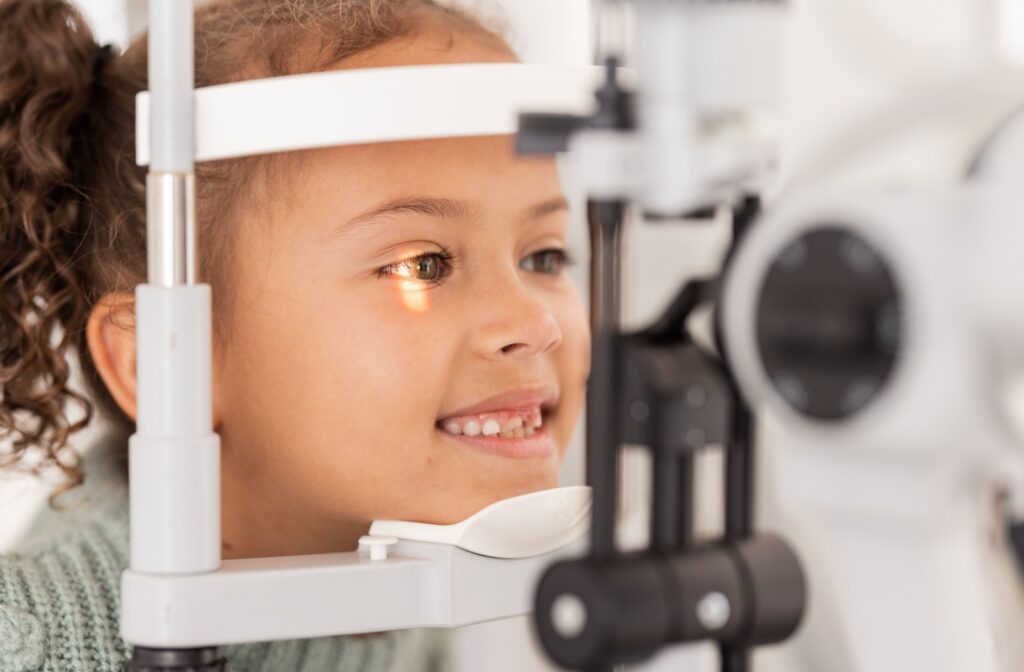
Is Myopia Preventable?
While myopia can’t be guaranteed to be prevented, certain lifestyle modifications can help lower the risk or decelerate its progression. Encouraging children to play outside has been found effective. Research shows that outdoor play decreases the risk of myopia in children. The natural light and focusing on distant objects relax the eyes and may delay the onset of nearsightedness.
Reducing Up-Close Work & Taking Breaks
Restricting screen time and promoting breaks during reading or using digital devices are also beneficial. Follow the 20-20-20 rule: for every 20 minutes of close-up activity, take a 20-second break and look at something 20 feet away. This can reduce eye fatigue and may slow down the progression of myopia.
Working these habits into your child’s everyday routine can greatly improve their eye health.
Myopia Management Methods
MiSight Contact Lenses
MiSight contact lenses are a specialized type of soft, daily disposable contact lens that is FDA-approved for children and teenagers dealing with myopia. These lenses feature a unique design with a central vision correction zone for clear sight and a peripheral defocus design aimed at reducing the advancement of myopia.
Orthokeratology (Ortho-K)
Orthokeratology, often referred to as ortho-k, utilizes rigid, custom-designed gas-permeable contact lenses worn overnight. These lenses delicately reshape the cornea, offering a temporary fix for myopia and granting clear vision throughout the day without the reliance on glasses or standard contact lenses.
Atropine Eye Drops
Atropine eye drops help reduce myopia progression by impeding the eye’s elongation, which is a primary factor contributing to myopia development.
By relaxing the eye’s focusing mechanism, atropine helps to alleviate stress and strain that can lead to the elongation of the eyeball. This relaxation effect assists in slowing down the natural growth of the eye, thereby mitigating the progression of myopia.
Vision Therapy
By strengthening the eye’s focusing system and improving overall visual skills, vision therapy can help reduce the strain on the eyes during near work activities like reading or using digital devices. This reduction in eye strain can potentially slow down the elongation of the eyeball, which is often associated with myopia progression.
Lifestyle Changes
We can offer advice on lifestyle adjustments that can aid in managing myopia, including increasing outdoor time, restricting screen usage, and incorporating frequent visual breaks during close-up tasks.
Considering Laser Eye Surgery for Adults
While incurable, myopia can be managed and, in certain cases, rectified in adulthood via laser eye surgery. Procedures, like laser-assisted in situ keratomileusis (LASIK) and photorefractive keratectomy (PRK), can correct refractive errors by reshaping the cornea, providing clear vision without the need for glasses or contact lenses.
Laser eye surgery is generally not suggested for children as their eyes are still developing. However, it can be a feasible option for adults with stable prescriptions. Your optometrist can provide further consultation to determine if laser eye surgery is suitable for you and what the potential outcomes could be.
Laser eye surgery can serve as a long-term management solution for myopia.
The Future of Myopia Treatment
Research in myopia treatment is continuous, with new treatment techniques being regularly investigated. Staying up-to-date with the latest research can better inform your decisions regarding your child’s eye care.
Schedule a Consultation for Myopia Management
While myopia cannot be cured, effective management and the right interventions can control it. If you are concerned about your child’s vision or need personalized advice, consider scheduling an appointment with Moses Eyecare Center. Together we can help manage your child’s eye health.




